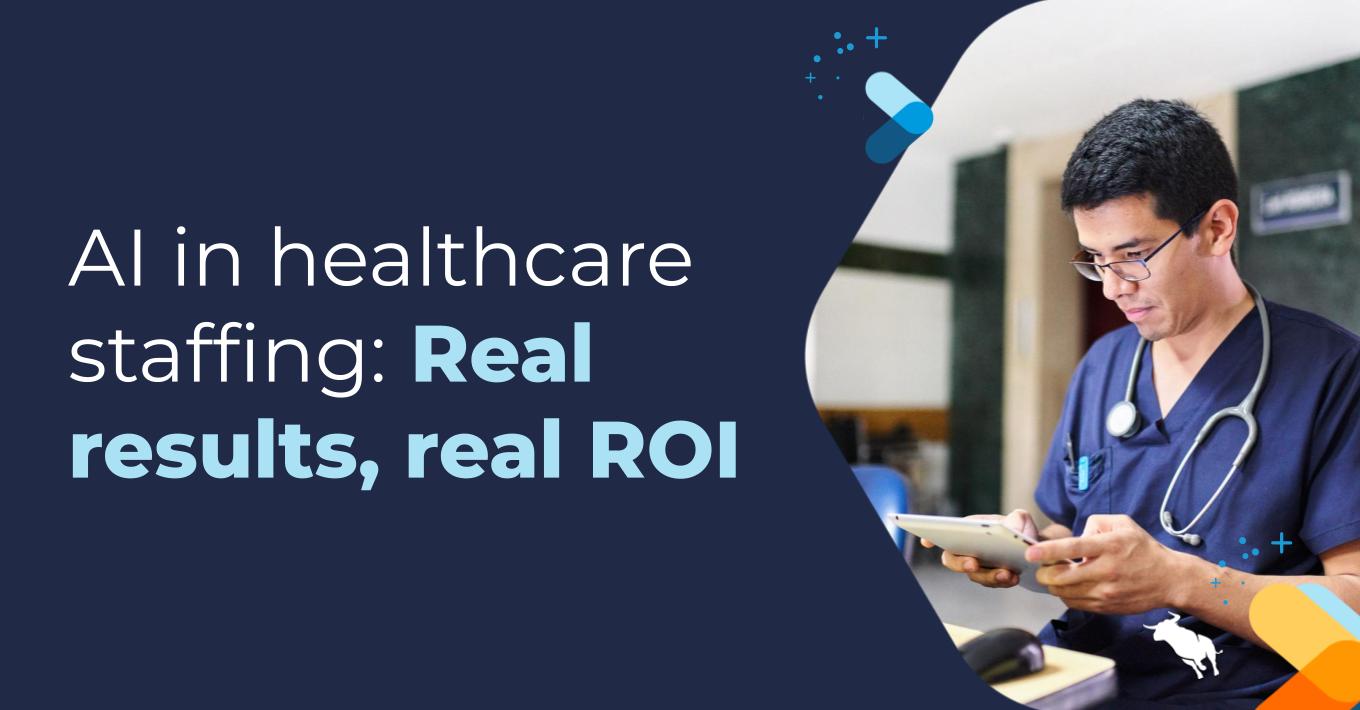ATS & CRM Implementation Tips and Guidelines

So you’re considering implementing a new applicant tracking system (ATS) or customer relationship management (CRM) system in your business. You understand the many benefits of CRM implementation: it helps to improve customer communication and enhance your business relationships, it streamlines daily operations, and it allows you to focus on your clients. You feel ready to take the plunge.
Before implementing an ATS or CRM in your business, however, it is important to recognize that a CRM doesn’t solely benefit your relationships with clients and prospects. It also helps aid communication among your team.
Whether you work in public relations or run a consulting firm, there is no doubt that the entirety of your staff will somehow be involved in your latest CRM system. They will be using it to reach out to clients, nurture leads, and build relationships with the contacts that matter most.
Your entire agency will be utilizing your chosen CRM on a daily basis, both to generate business and to improve performance. It is crucial, therefore, to get your entire team involved in the implementation process.
To smoothly and seamlessly migrate to CRM software, work as a team through these five steps of CRM implementation:
1. Select the Right ATS/CRM
To choose the right CRM system, it is essential to have a complete understanding of your business goals and needs. First, ask yourself what you would like to accomplish with a CRM in place. Do you want to advance your current relationship management strategy? Is the introduction of CRM meant to organize your many contacts in one place or enhance your marketing campaigns? Do you need an industry-specific CRM system? Ask your team members what they expect from a new CRM system.
Once you evaluate their wants and needs, take time to research your software options. Look for a CRM platform that is cost-effective, customizable, and practical for your business. Remember, one of the primary benefits of customer relationship management is improving efficiencies. Choosing a user-friendly CRM that is easy to use and intuitive will make for a smooth transition and quick employee adoption.
2. Make a CRM Implementation Plan
Implementing CRM software requires both you and your team to be prepared for each stage of adoption. The first component of your CRM implementation plan should be to ensure that you have sufficient data backup before you launch. Make hard copies, as well as cloud copies, of all software specifications, customizations, and required data on a flash drive or external hard drive to ensure that no important information is lost amidst the transition.
Before making the transition, you should also create a plan of action that takes a strict timeline and budget into consideration. With a set timeline in place, you can schedule various training sessions across your staff to make sure that they are ready for the switch. Prepare for implementation in stages so that your staff is not overwhelmed by the new technology. By breaking down implementation in this way, you can cut back on employee errors and shorten the learning curve for those who need more time to prepare.
3. Prepare Your Team for an ATS/CRM
Before the CRM implementation, designate a sufficient period of time for your employees to learn and understand the software. Allow them to sit down one-on-one with a CRM specialist to ensure that no questions are left unanswered. Your new CRM system will not work until your entire staff has been properly trained. However, with enough training and hands-on demonstrations in place, you will be able to avoid unnecessary complications down the line.
4. Ask for Feedback from Employees During CRM Implementation
As soon as you begin training, be sure to continuously request feedback from your employees. Good or bad, you will want to know how they feel about the new system. Because they will be using the CRM platform five days a week, you will want to ensure that they are completely comfortable and satisfied with the system. Ask them about their experiences. What’s working? What needs improvement?
Not only will this method allow your staff members to voice their opinions, but it will also give you direction on what areas of your CRM need to be addressed. If there are recurring complaints from your employees, take those back to your CRM provider and find the proper solution.
5. Measure What Matters and Make Adjustments as You Go
After you navigate CRM implementation, set specific metrics and analytics to measure the progress of your new initiative. Is it meeting your expectations? Does your new CRM give you visibility into the progress of your CRM-dependent goals?
It is important for your CRM to provide you with measurable data. By capturing and analyzing activity, it should give you a deeper understanding of the relationship dynamics you have with your clients and prospects in real-time. Whether they’re positive or negative, these insights will show you which adjustments need to be made and how you can maximize efficiency within your business.
Make the transition to new customer relationship management a seamless and painless process. Before the launch of your new CRM, evaluate how you run your business. Then, ensure that your new CRM solution fits into your existing processes and infrastructure.









